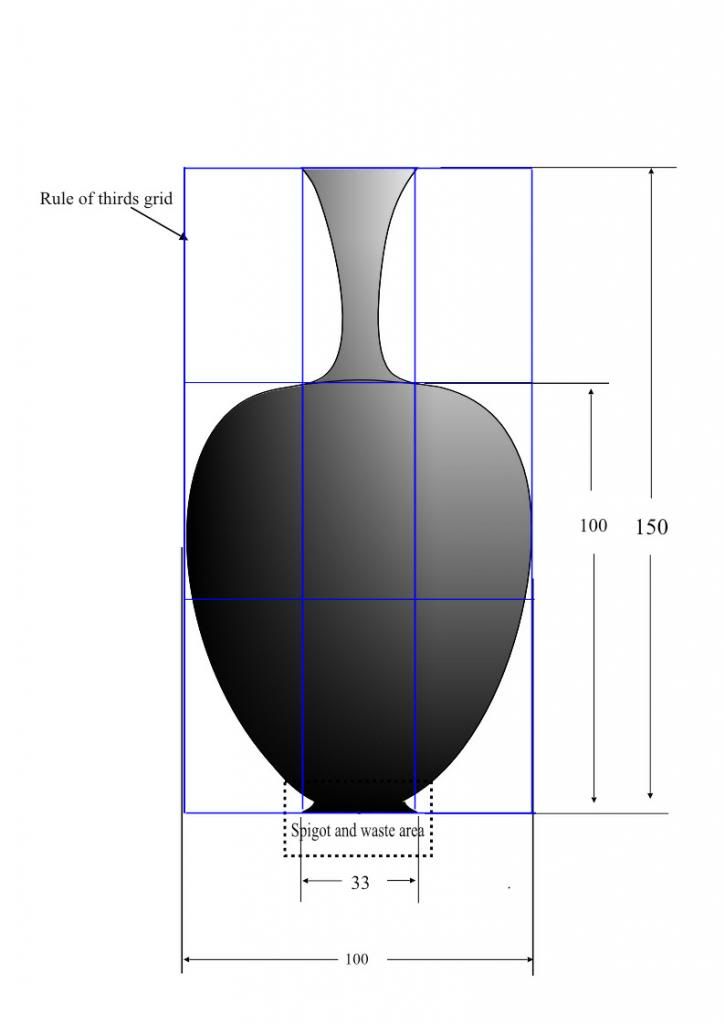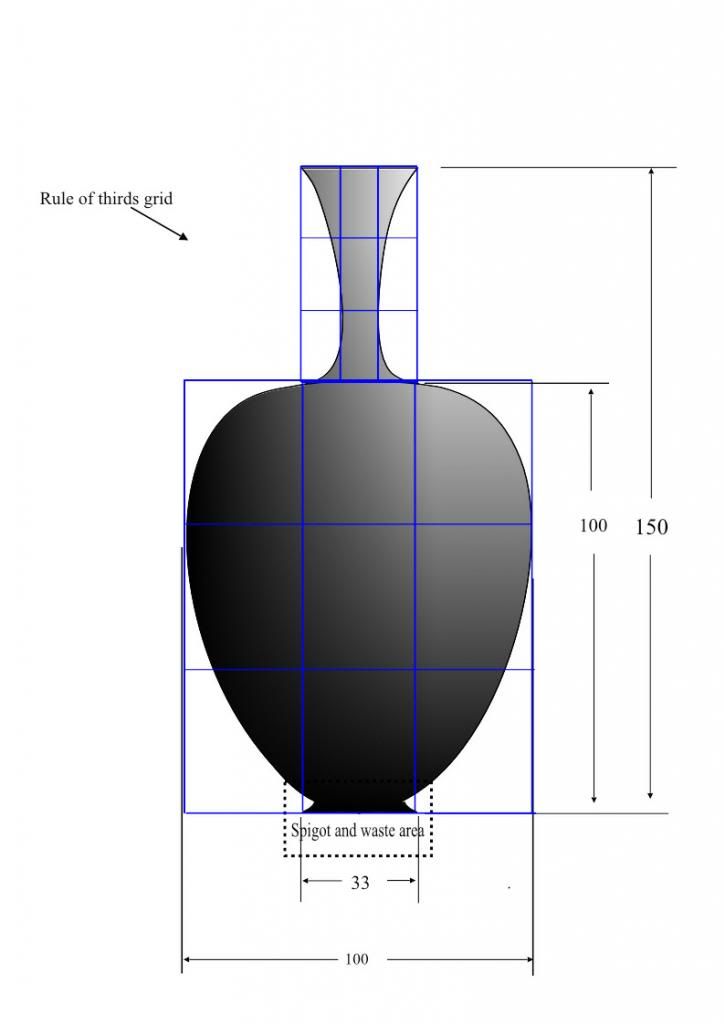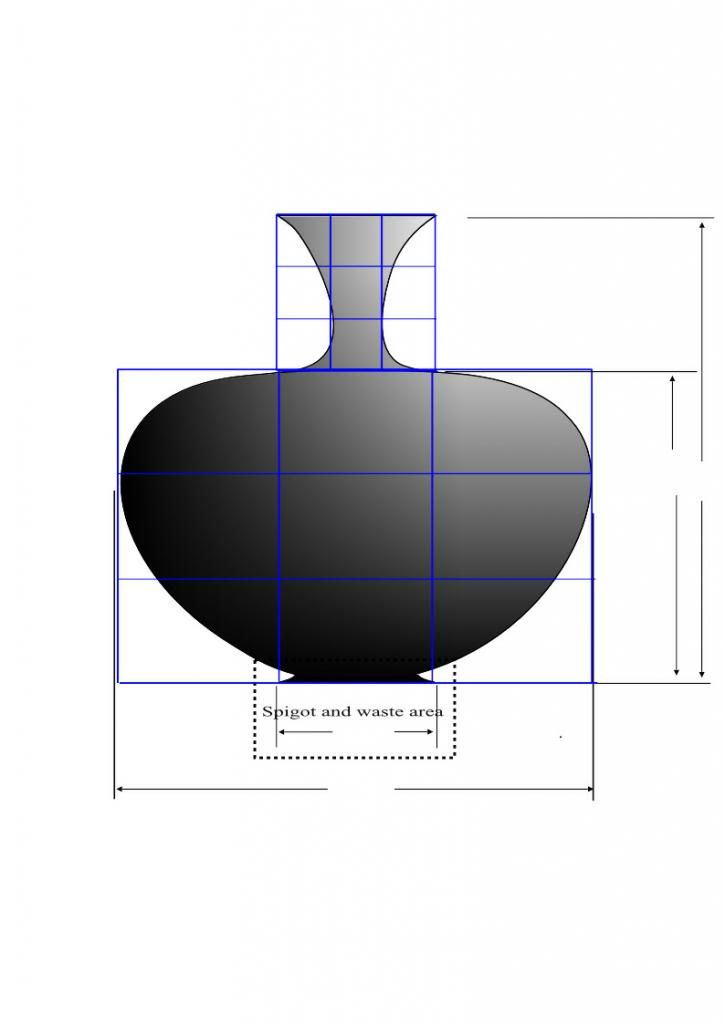Paul and all
Pre-planning is important and the 'wood will tell me' I believe is often something that comes from past experience while people work. It is no different than any other skill, over time the experience is what we draw upon.
Have you looked at
http://www.amazon.co.uk/Woodturning-Design-Derek-Hayes/dp/1861088655As well as woodturning project books show the processes for turning the various projects, bowls, boxes etc, by starting with these set projects you could plan a few different ideas within the parameters of the projects.
It is worth making a note by jotting down the processes you use as you work on different projects. Check to see if they are standard and simplify is needs be.
Check magazine articles and see how each person works, you will find that nearly ever project is approached in the same way. For instance, I work in the following way for all of my projects.
1/ Screw chuck between centres.
2/ Balance and produce spigot and waste section.
3/ Rough base of form/main form.
4/ Reverse into chuck, refine the form shape.
5/ Finish the outside with abrasive.
4/ Measure and drill out to depth.
5/ Hollow out, be it a bowl, box, hollow form etc
6/ Finish inside with abrasive
7/ Reverse onto jam chuck or friction drive and finish base form and finish with abrasive.
8/ Remove waste and blend base with abrasive.
This basic eight processes are the same for all of my work. There may be tweeks but by working in the same way every time I do not have to think about what I am doing as it becomes ingrained.
Once you have a set way of working you can in the most forget about this when designing. Or at least as you are so aware of how you normally work any design issue with quickly be ironed out.
For any new design, knowing this is my foundation I design a piece using a CAD system. This allows me to scale it on the page so I can check the dimension and proportions.
The software I use is this.
Serif Draw

You can use a software to pre-plan the project by using a 'rule of thirds' grid to make sure the proportion is correct. Once correct the dimension tool with give you the sizes. Simples.

It means you can make designs without going to the lathe and wasting wood.
Here for this vase you can see the rule of thirds grid ( in blue) used to construct the main form and main parts within it.

Here you can see the same form. Each part of a form should (but does not have to) conform to the rule of thirds. Practically speaking this means that the separate parts can also be broken down into thirds, as seen for the main body and the neck of the vase.

Note the main bulge/shoulder of the base form is 2/3rds the height of the body,the foot is 1/3rd the diameter. Also see that this is carried into the neck where the narrowest section is 1/3rd up.
Once I have a drawing with the correct proportions, I can lock everything together and drag or squash the form, in turn everything moves proportionally and I never have to worry about working out the proportions or sizing again. Just take it from the drawing.

See the squashed version below.

This is how I work. Seeing at the moment the creative side of the thread is not pulling in too much input at the moment;
How about looking more at designing. ?
How do people plan their work. ?
Do you produce project drawings and make a prototype first.
If you do not plan the projects, is it far to say we are stabbing in the dark somewhat and the chances of us getting the best from the wood is minimal..
It does not matter if you have a software, this one shown you can get as a free download to try it out. And you will never have to pay the full price for it as once you subscribe then will send you offers especially if you download it but don't buy it to start with.
Let me know if this is useful. ? I am happy to talk about ideas but if others are not minded to give input also I can find other things to do.
